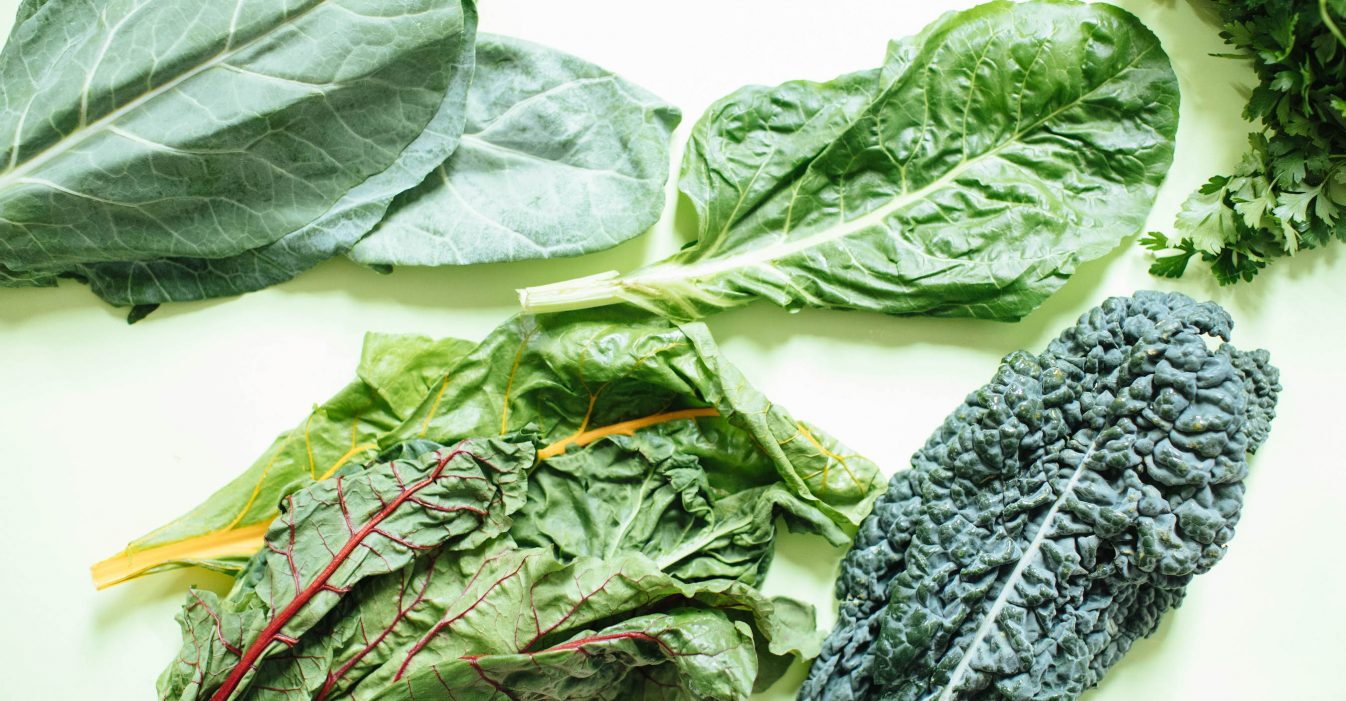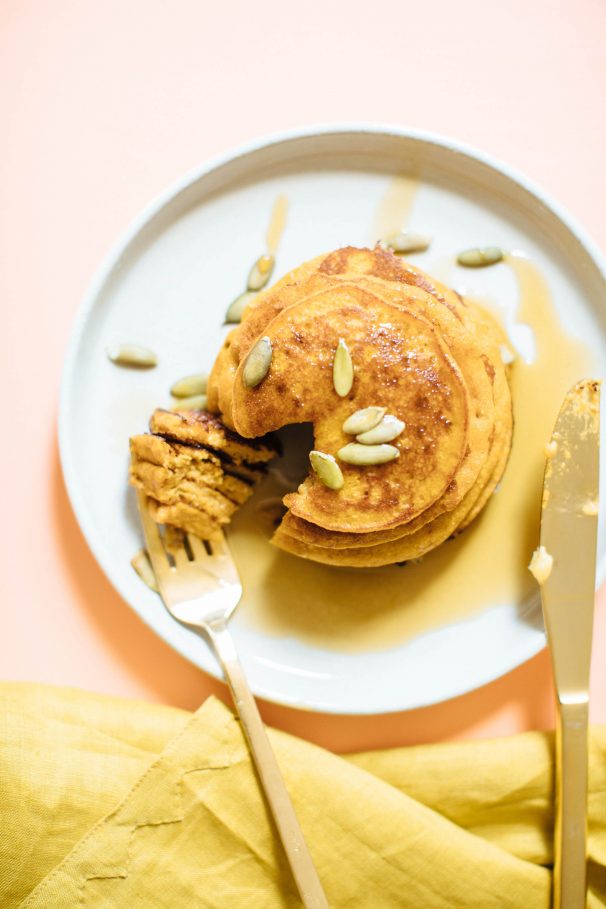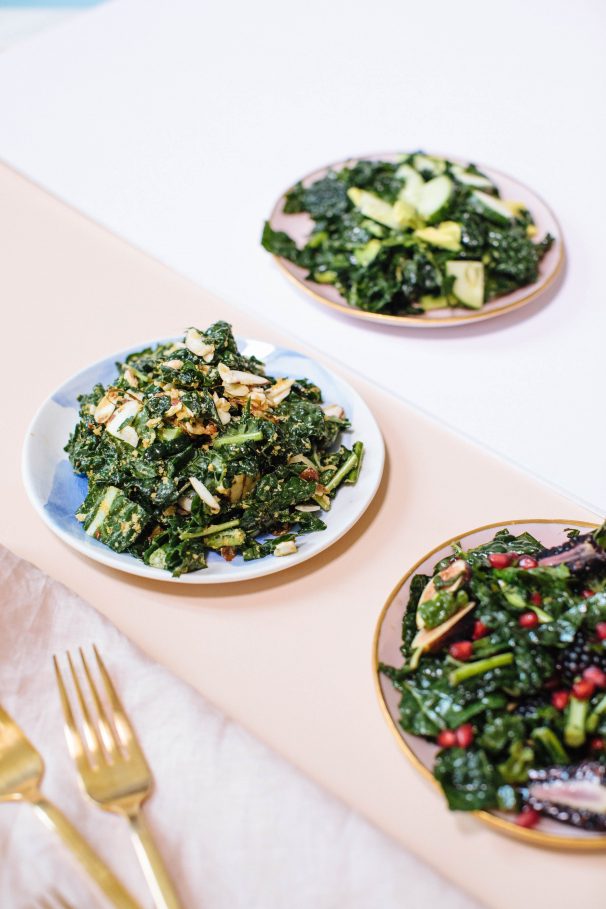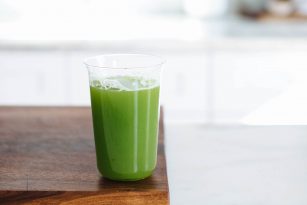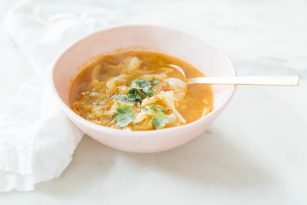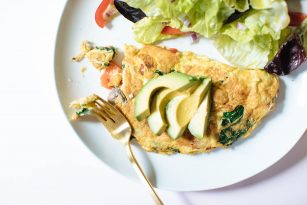What is zeaxanthin and how does it play a role in brain health, eye health, and immune health? Learn more about this antioxidant.
Chances are if you had a green smoothie the past week, an omelet with orange peppers, or a fruit salad with kiwi and grapes, or a zucchini pasta dish, then you’ve been eating your fill of zeaxanthin (and lutein)!
What Is Zeaxanthin?
Zeaxanthin is one of the most common carotenoids (antioxidants) found in food. Zeaxanthin gives plants and foods their characteristic color (yellows and reds) (1).
Zeaxanthin is found in many whole foods from spinach, mustard greens, broccoli, pumpkin, winter squash, spirulina, to egg yolks. If you’re consuming a whole food, chances are good that you’re eating enough of this carotenoid to reap the health benefits.
What Is Does In Our Body
Typically when zeaxanthin is mentioned, it’s powerful antioxidant relative, lutein, is discussed. Both of these carotenoids are found in the retina in the eye, hence the research with these antioxidants and decreasing the risk of age-related macular degeneration. (2)(8)
Why are antioxidants important? Remember that we’re all exposed to things that damage our cells and free radicals, antioxidants are the way our body defends against those. Especially those in the eye!
Using our eyes requires a lot of oxygen and they’re also exposed to light which causes stress on our eyes. It’s a great thing that both lutein and zeaxanthin are naturally present in the eye, in abundance, to help counteract this free radical damage and stress. (3)
Just like fat-soluble vitamins, some antioxidants like carotenoids are best absorbed in the body with some fat. So, the next time you’re eating a meal or a food rich in zeaxanthin, be sure to eat some healthy fat with it like olive oil, avocado, nuts or seeds. (4)
What’s the goal amount of these carotenoids we should be eating daily to get the health benefits? Although there’s currently no RDA for zeaxanthin or lutein, studies support that to get the most benefit for eye health we know adults in the US get about 1-2 mg lutein a day from their diets, which may not be enough to reap the health benefits. (5)(6)
Health Benefits Of Zeaxanthin
Zeaxanthin and eye health
Have you been on the computer, watching Netflix, and on your iPhone a lot today? Then most likely you’ve been exposed to a lot of blue light (depending on your settings). Lutein and Zeaxanthin help your body absorb some of the light which can help protect your eyes!
More research is needed to be done on the long-term effects of blue light on eye health, but viewing your electronics on night mode or warmer can help ease the tension of your sight. (7)
There have been several studies showing lutein and zeaxanthin support eye health from decreasing and protecting against age-related macular degeneration, slowing the formation of cataracts, reducing stress markers associated with diabetic retinopathy, and reducing inflammation in the eye. (8)(9)(10)
Top 7 Food Sources Of Zeaxanthin
Egg Yolks
Egg yolks are a rich source of vitamins and minerals from vitamin B12, vitamin A, E, D, to choline, zinc, iron, and selenium. Egg yolks are also a great source of antioxidants, mainly zeaxanthin and lutein.
The protein content found in egg yolks is about 2g versus the egg white which is about 5g of protein. The egg yolk is where all the fat is in the whole egg, which is made up of saturated and monounsaturated fats with about 40mg of omega-3 fatty acids.
In one large egg, the amount of lutein and zeaxanthin is 186mg. If an animal protein is rich in zeaxanthin, it means that animal ate a diet also rich in zeaxanthin, for example, the egg yolks from chickens.
Corn
In about 1 cup of corn flour or maize, there’s 2249ug of both lutein and zeaxanthin. If you were using maize in a recipe, it’s most likely that 1/2 cup would be a serving.
One study found that egg yolk and maize contain the highest percentage of total lutein and zeaxanthin, more than 85% of the total carotenoids in the study. (2)
Greens: Spinach, Kale, Turnip, Collards, Dandelion, Mustard, and Broccoli
If you haven’t learned this yet from NS, then hear it here first. Dark leafy greens are so rich in nutrients! Not only are dark leafy greens a good source of fiber, but they’re also rich in vitamins, minerals, and antioxidants.
The amount of both lutein and zeaxanthin in these mentioned dark leafy greens (spinach, kale, dandelion greens, mustard greens, collards, and broccoli) range from 29mg for spinach to 2mg for broccoli per 1 cup serving.
Pumpkin
It’s not just pumpkin that’s rich in these carotenoids, it’s also squash like winter squash zucchini, yellow squash, etc.
In one cup of cooked pumpkin, there is 2.5mg of both lutein and zeaxanthin. If you love pancakes, soups, smoothies, or pumpkin pie then this is an easy one to incorporate into your diet!
Spirulina
Just one tablespoon of spirulina or chlorella (blue-green algae) provides four grams of protein, along with a healthy dose of calcium, iron, magnesium, and potassium. Spirulina is also rich in both lutein and zeaxanthin.
Summary Of Foods Rich In Zeaxanthin:
- Egg yolks
- Corn
- Dark leafy greens
- Pumpkin
- Zucchini
- Spirulina
Recipes Rich In Zeaxanthin
When you’re looking for a recipe or a food rich in zeaxanthin, look no further than fruits and vegetables that are rich in reds, oranges, yellows, and sometimes greens. Use the food sources listed above to help you choose recipes that are rich in these antioxidants.
Contribute
Did you know what the antioxidant zeaxanthin was? Now learning food sources of this nutrient, what are your favorite foods that are rich in zeaxanthin? Share below or tag me in a photo on Instagram the next time you eat a zeaxanthin-rich food or meal!
References
- Lutein + Zeaxanthin Content of Selected Foods. Linus Pauling Institute, Oregon State University, Corvallis. 2014.
- Sommerburg O, Keunen J, Bird A, van Kuijk FJGM. Fruits and vegetables that are sources for lutein and zeaxanthin: the macular pigment in human eyes. The British Journal of Ophthalmology. 1998;82(8):907-910.
- Koushan K, Rusovici R, Li W, Ferguson LR, Chalam KV. The Role of Lutein in Eye-Related Disease. Nutrients. 2013;5(5):1823-1839. doi:10.3390/nu5051823.
- Loane E., McKay G.J., Nolan J.M., Beatty S. Apolipoprotein E genotype is associated with macular pigment optical density. Investig. Ophthalmol. Vis. Sci. 2010;51:2636–2643. doi: 10.1167/iovs.09-4397
- Ranard KM, Jeon S, Mohn ES, Griffiths JC, Johnson EJ, Erdman JW. Dietary guidance for lutein: consideration for intake recommendations is scientifically supported. European Journal of Nutrition. 2017;56(Suppl 3):37-42. doi:10.1007/s00394-017-1580-2.
- Institute of Medicine . Dietary reference intakes for vitamin C, vitamin E, selenium, and carotenoids.Washington, DC: The National Academies Press; 2000
- Roberts JE, Dennison J. The Photobiology of Lutein and Zeaxanthin in the Eye. Journal of Ophthalmology. 2015;2015:687173. doi:10.1155/2015/687173.
-
Le Ma, Hong-Liang Dou. Lutein and zeaxanthin intake and the risk of age-related macular degeneration: a systematic review and meta-analysis. Br J Nutr. 2012 Feb; 107(3): 350–359. Publishedonline 2011 Sep 8. doi: 10.1017/S0007114511004260
-
Cécile Delcourt, Isabelle Carrière. Plasma lutein and zeaxanthin and other carotenoids as modifiable risk factors for age-related maculopathy and cataract: the POLA Study. Invest Ophthalmol Vis Sci. 2006 Jun; 47(6): 2329–2335. doi: 10.1167/iovs.05-1235
-
Sasaki M, Ozawa Y, Kurihara T, et al. Neurodegenerative influence of oxidative stress in the retina of a murine model of diabetes. Diabetologia. 2010;53(5):971-979. doi:10.1007/s00125-009-1655-6.He R-R,
-
Tsoi B, Lan F, Yao N, Yao X-S, Kurihara H. Antioxidant properties of lutein contribute to the protection against lipopolysaccharide-induced uveitis in mice. Chinese Medicine. 2011;6:38. doi:10.1186/1749-8546-6-38.

